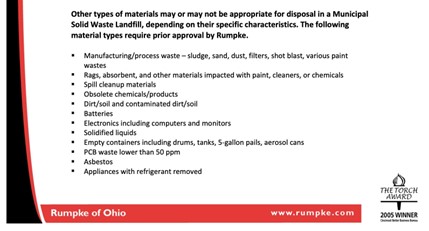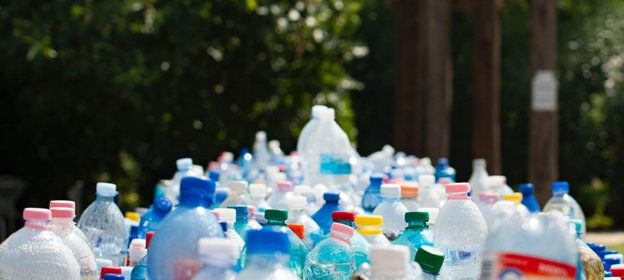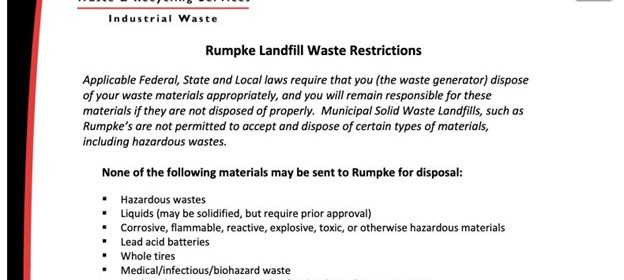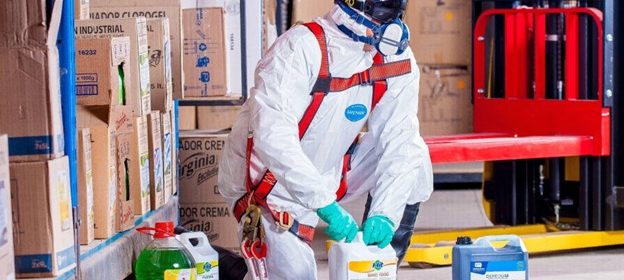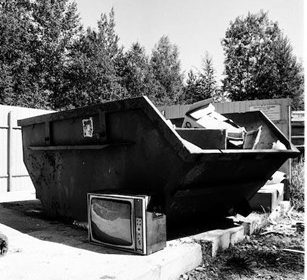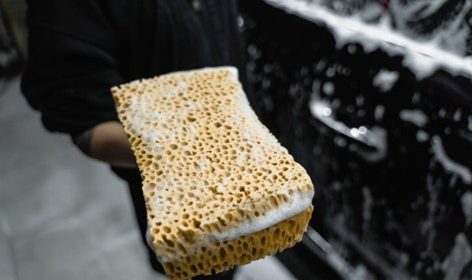November is National Home Care and Hospice Month

November is National Home Care and Hospice Month. According to national home care celebrants,
National Home Care and Hospice Month in November recognizes the dedicated professionals who make a daily difference in the lives of the people they serve.
These caregivers come in many roles, from therapists and aids, administrators and nurses, CNAs and social workers. Their compassion and attention to detail improve the lives of every resident under their care. Their patience and time provide improved quality of life and peace of mind for family members. The month celebrates these qualities and so much more.
When it comes time for home care and hospice, families often need to downsize. This can mean selling a loved one’s house, or moving them into an already crowded house.
Some families are able to turn to auction houses to dispose of excess furniture, or spreading heirlooms among family members.
But sometimes our loved ones did not care for their furniture or other belongings, and instead of moving, what is needed is a deep home cleaning. In this case, you will want to rent a dumpster.
Rent a dumpster to make moving easier
There are many reasons why you may need a dumpster instead of a moving van for your elderly family member’s possessions.
First, most furniture resellers and thrift shops will not accept upholstered goods or furniture that can’t easily be cleaned. This is often the case if it was owned by a smoker or someone with pets. It can also apply to items damaged by flood or smoke.
Second, resellers won’t take damaged goods. If your loved one had a beloved pet, it may mean that they let their cat or dog (or other animal) run the house. Furniture may be scratched or carry smells that are particular to dogs and cats.
Third, a reseller might not be close enough to make the trip worthwhile. For some families, multiple trips to a distant reseller, in a rented vehicle, is simply not in the schedule. Renting a dumpster can be an act of needed convenience for a family already burdened and grieving as they watch older loved ones enter a new and troubling phase of life.
Having a dumpster outside can simplify decision-making and save hours of effort. Simply fill the dumpster with any of the approved items that are a challenge, and moving your loved one can be one question you can get answered.
Photo by Karolina Grabowska: https://www.pexels.com/photo/carton-boxes-and-stacked-books-on-table-4498124/


